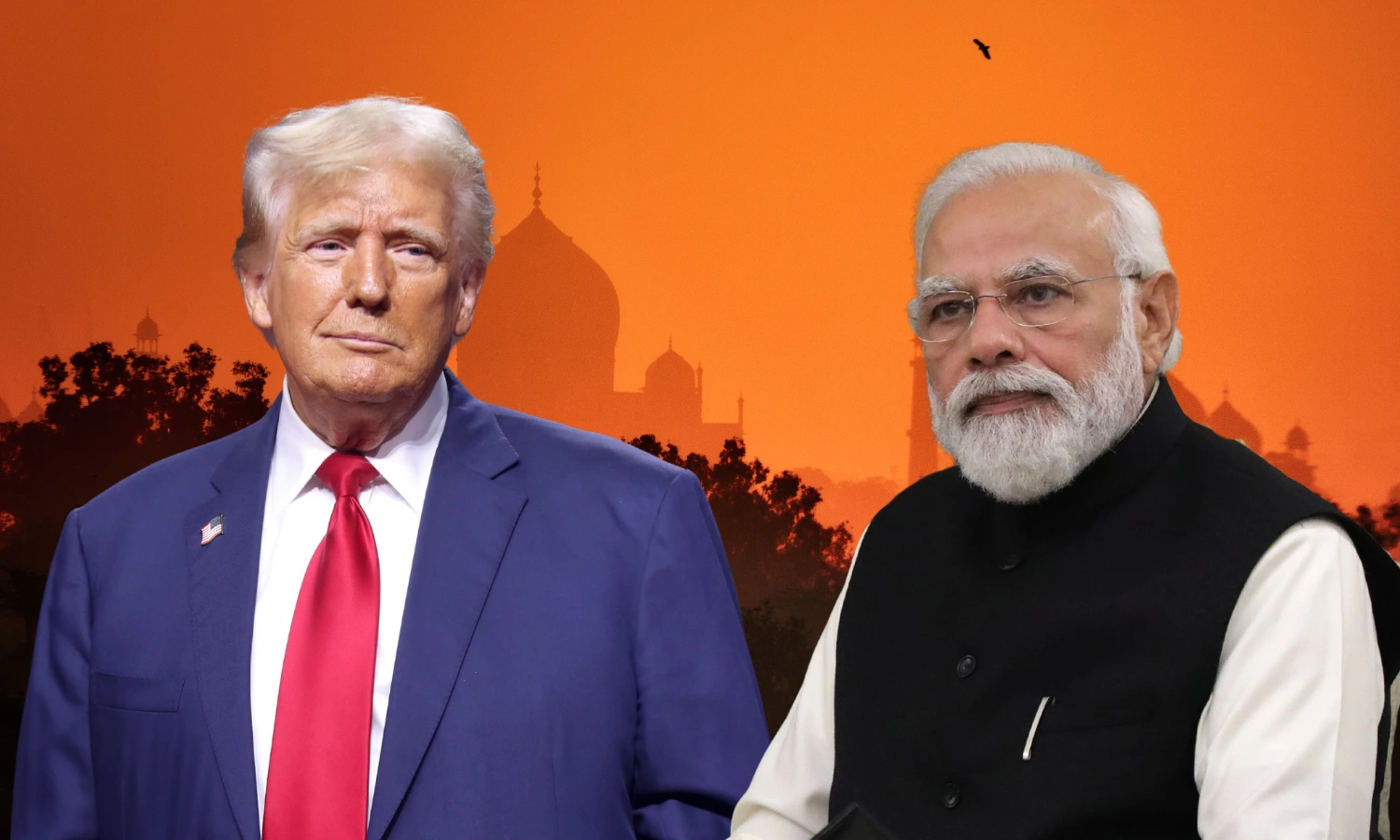
Newsletter Subscribe
Enter your email address below and subscribe to our newsletter

Enter your email address below and subscribe to our newsletter
The Strategic Foresight That You Need.

In a dramatic and consequential escalation of trade tensions, the United States, under President Donald Trump, has levied a new tariff on Indian imports. The measure, an additional 25% duty, is a direct response to India’s ongoing purchases of Russian oil. While the new tariff alone is significant, its true impact is revealed when combined with an existing 25% levy, bringing the total duty on a broad range of Indian goods to a striking 50%. This development is not merely an economic dispute; it represents a profound and potentially irreversible shift in Washington’s foreign policy, one that subordinates traditional strategic partnerships to the immediate goal of global economic and political leverage. This move signals a new era in which economic tools are weaponised to enforce geopolitical alignment, challenging the very foundations of international trade and diplomacy.
The executive order, signed by President Trump, specifies that this new 25% tariff will take effect after a 21-day grace period. This window for negotiation, however, is a fragile one, and its existence does not diminish the gravity of the situation. The initial 25% tariff, which came into effect earlier, was a precursor to this move, a clear signal of Washington’s intent. For India, a nation that has painstakingly cultivated a strategic partnership with the US, this action is a stinging rebuke. It is a direct challenge to its policy of strategic autonomy and its right to make sovereign decisions that serve its national interests, particularly in the critical domain of energy security.
India’s Ministry of External Affairs responded with a clear and firm statement, labelling the tariffs as “unfair, unjustified, and unreasonable.” The ministry defended its energy policy, explaining that its imports of Russian oil are driven by market factors and the need to secure affordable energy for its vast and growing population. This position is a robust assertion of national sovereignty. Prior to the 2022 invasion of Ukraine, Russia accounted for a negligible portion of India’s crude oil imports. Today, thanks to steep discounts, that figure has soared, making Russia one of India’s primary energy suppliers. The economic benefits for India are substantial, but the geopolitical costs, as this tariff demonstrates, are proving to be immense.
This escalation is particularly noteworthy given the broader geopolitical context. For years, the United States has championed India as a crucial strategic partner, a democratic bulwark against China’s growing influence in the Indo-Pacific. The formation of the Quad security dialogue, which includes the US, India, Japan, and Australia, was a tangible expression of this shared vision. Yet, this new tariff action risks undermining years of diplomatic effort and trust-building. It presents a difficult dilemma for India: how to reconcile its strategic alignment with the US with its need to pursue an independent foreign policy that prioritises its economic and energy needs.
The tariff also exposes a significant contradiction in US policy. While Washington is penalising India for purchasing Russian oil, other major economies, including China and Turkey, continue to do so. China, in fact, remains Russia’s largest crude oil customer. The selective application of these punitive tariffs raises serious questions about the administration’s motivations. Is this truly about punishing nations that support Russia’s war effort, or is it a more nuanced strategy, perhaps influenced by China’s immense economic leverage over the US? The executive order, while naming India, also grants the US government broad authority to monitor any country importing Russian oil, suggesting that this may be the beginning of a wider campaign of economic coercion.
The future of the US-India relationship now stands at a crossroads. The tariff, which places India in the same bracket as other heavily penalised trading partners, fundamentally alters the dynamics of their partnership. The path forward for New Delhi is fraught with difficulty. It could choose to retaliate with its own tariffs, a move that would trigger a full-blown trade war and harm both economies. Alternatively, it could seek to de-escalate through diplomatic channels, while simultaneously diversifying its trade relationships to reduce its dependency on the US market. The likely outcome will be a careful, measured response—a combination of continued diplomacy, market diversification, and a firm assertion of India’s right to make its own choices.
The US tariffs on India are a watershed moment, illustrating a shift from a world of multilateral cooperation to one where economic might is used as a weapon of first resort. This new paradigm challenges the established norms of international relations and forces nations to re-evaluate their alliances and dependencies. For the global economy, it signals a period of heightened uncertainty and fragmentation, where trade is increasingly viewed not as a tool for mutual prosperity, but as an instrument of strategic competition.